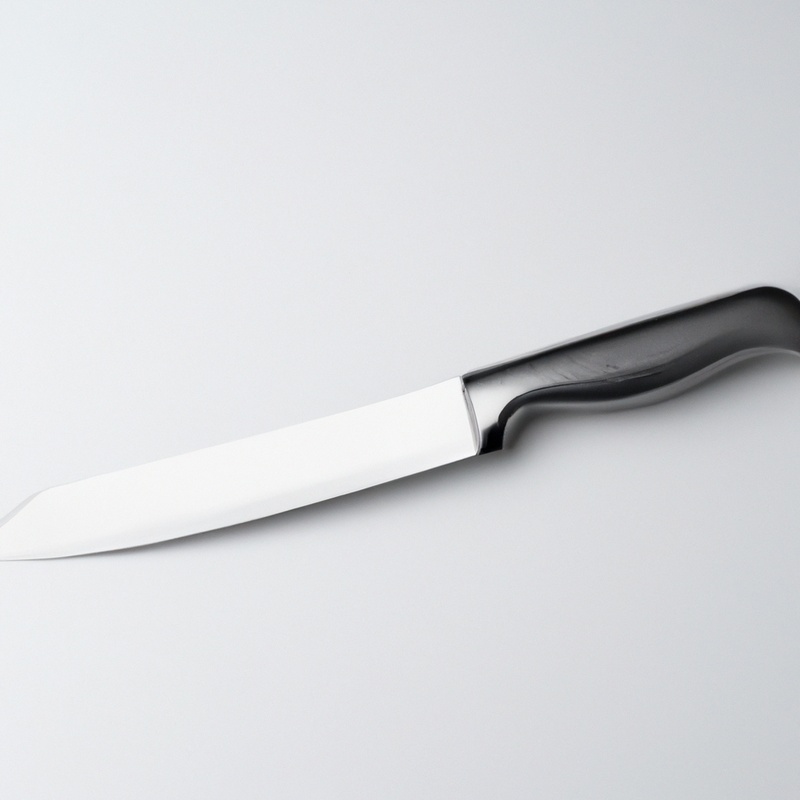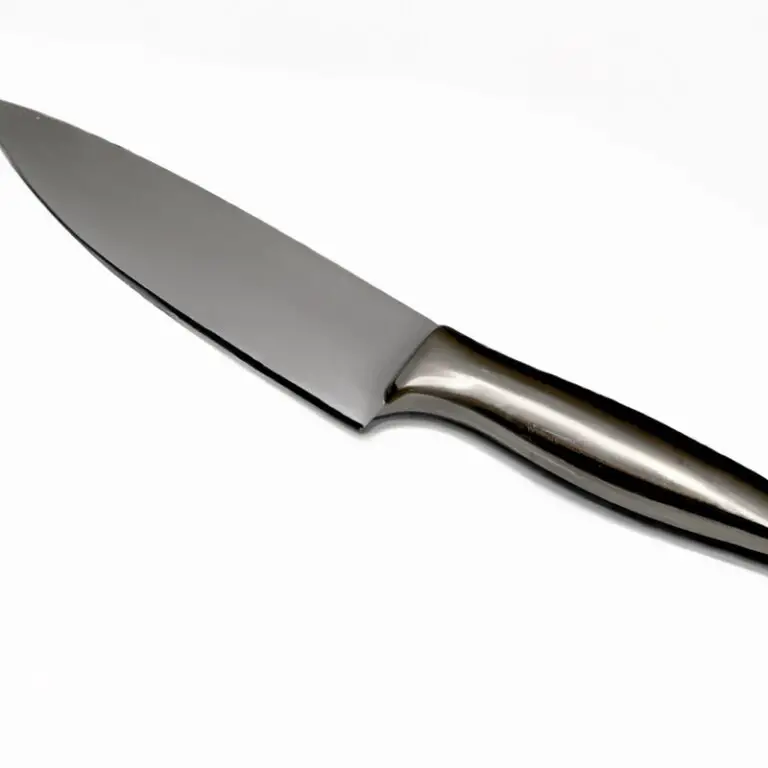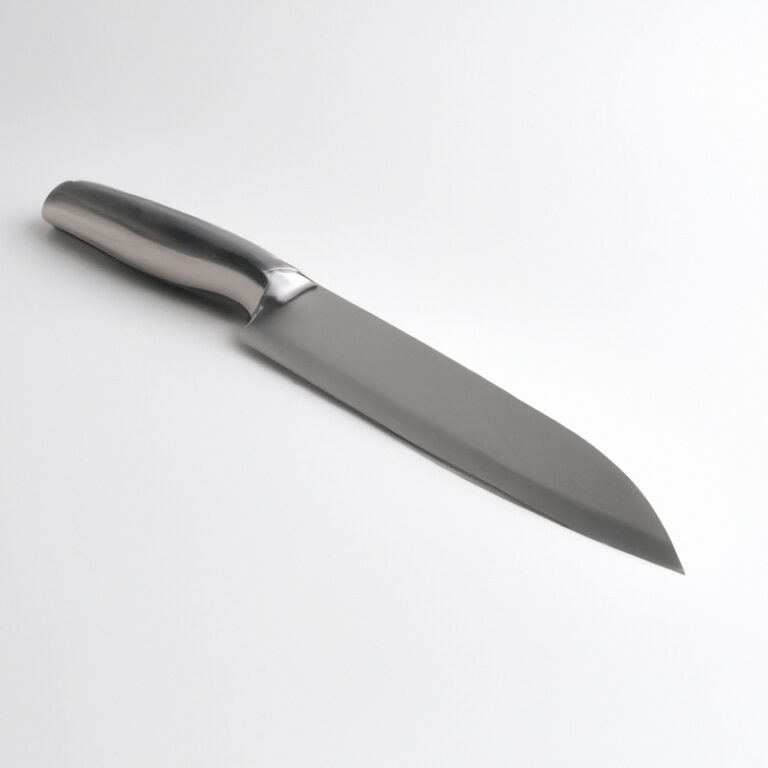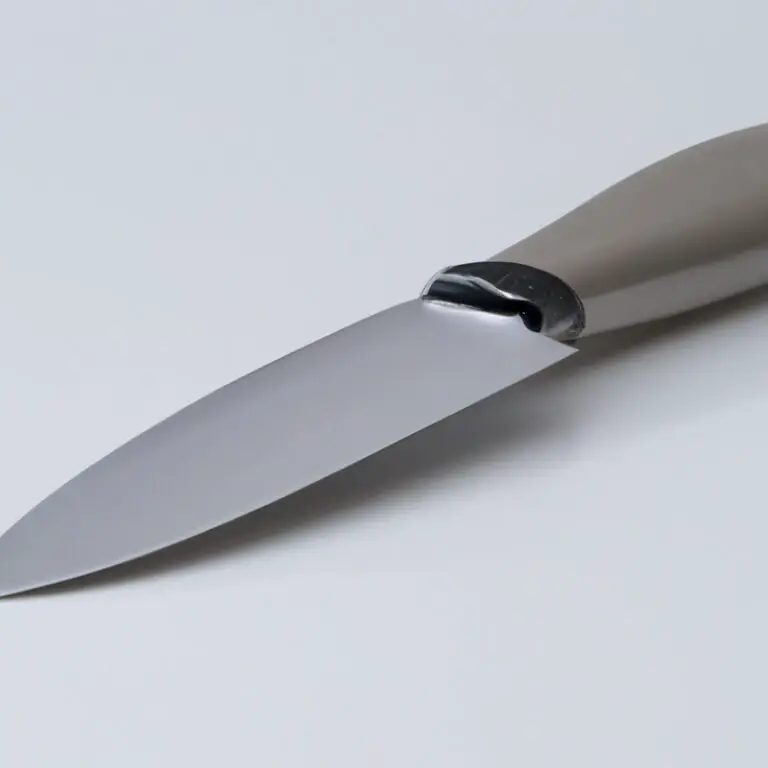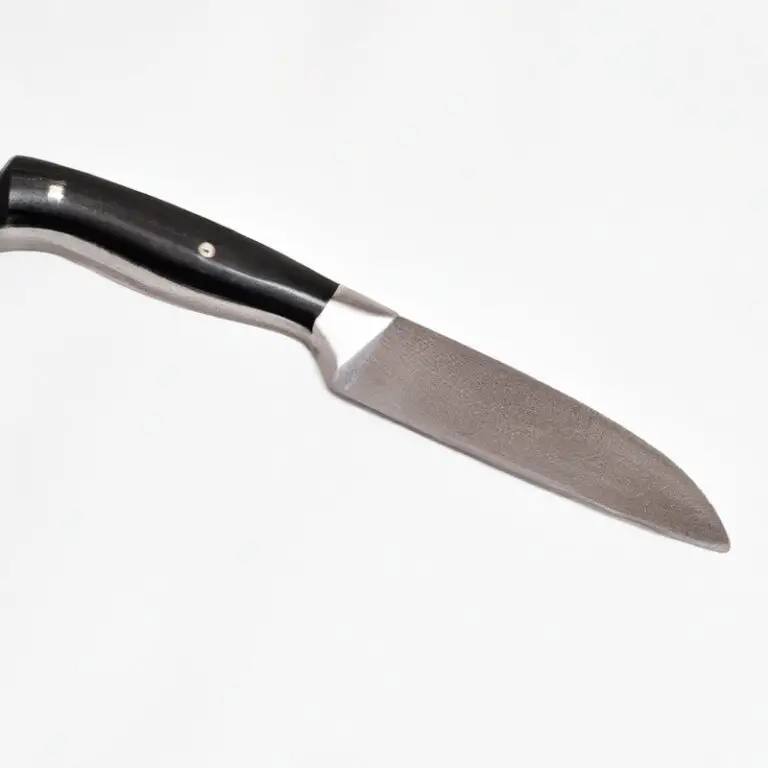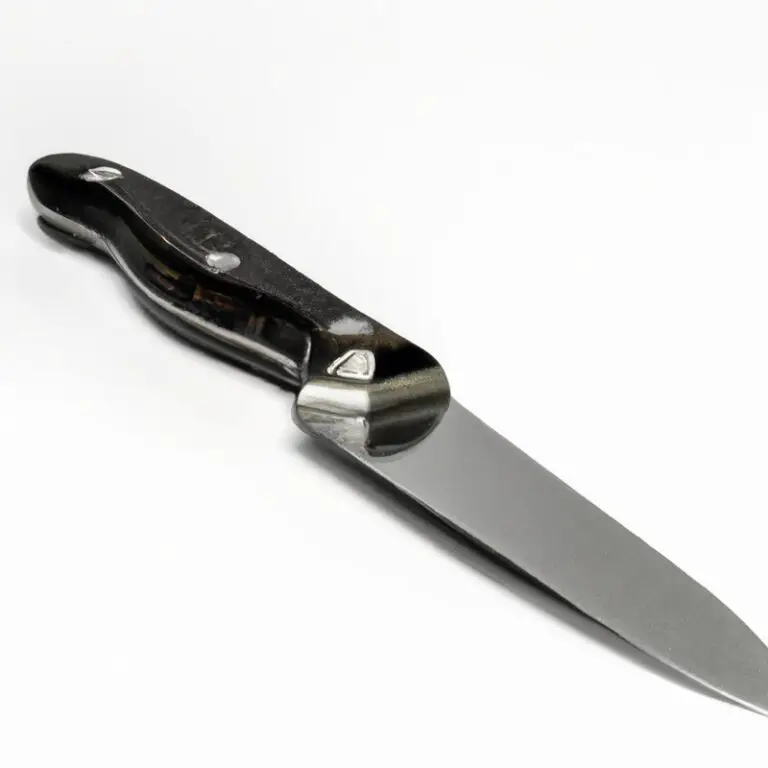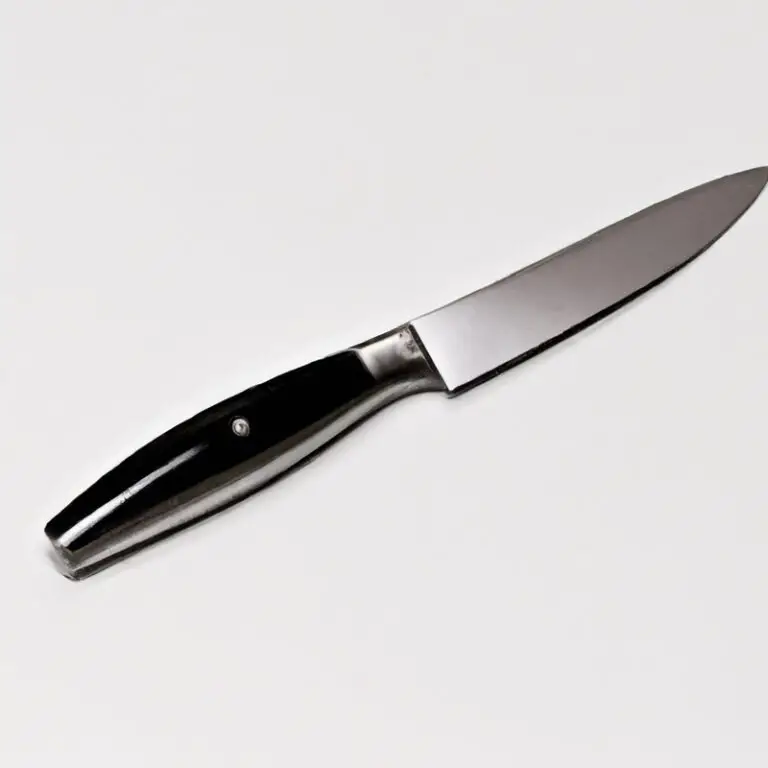How Do I Protect The Tip Of My Paring Knife When Storing? – Easy Tips
Key Takeaways:
- Always store your paring knife in a sheath or blade guard to protect the tip from damage.
- Avoid placing your paring knife with other utensils in a drawer, as it can lead to nicks or chipping on the tip.
- Proper maintenance and sharpening of the knife can also help prevent damage to the tip.
- Consider investing in a protective cover or magnetic knife holder for safe and convenient storage of your paring knife.
Have you ever pulled out your favorite paring knife to find that the tip had dulled or chipped in storage? It’s a common problem that can be frustrating for any home cook or professional chef.
But fear not! There are simple solutions to protecting your knife’s tip and ensuring its longevity.
From assessing storage options, utilizing knife guards, or even DIY solutions, there are several tactics you can take to prevent common mistakes. In this guide, I’ll share my expertise on the importance of protecting knife tips and the best practices for maintaining the quality of your paring knife over time.
| Storage Option | Pros | Cons |
|---|---|---|
| Knife Block | Easy Access, Protects Blade | Tip Can Touch Other Knives, Bulky |
| Knife Drawer Insert | Space-Saving, Protects Blade | Tip Can Touch Other Knives, Limited Capacity |
| Magnetic Knife Strip | Easy Access, Protects Blade, Space-Saving | Installation Required, Limited Capacity |
| Knife Guard/Cover | Protects Tip and Blade | Can Be Lost or Misplaced, Need to Remove for Use |
Importance of protecting knife tips
Protecting the tip of your paring knife is crucial to prolonging its longevity and maintaining its sharpness. The tip is the most delicate part of a knife, and any damage to it could hinder its functionality.
The key reasons to protect the knife tip are twofold.
Firstly, it ensures your knife is safe and easy to use, so that you can work more efficiently. Secondly, it helps avoid accidentally chipping, dulling, or breaking the knife tip during storage.
Therefore, it is essential to protect the knife tip carefully by selecting appropriate storage options or utilizing specially designed knife guards or DIY solutions.
Taking these easy steps can extend the life of your paring knife, saving you from buying a new one and keeping your investment cost-effective in the long run.
Different paring knife tip designs
Paring knives come in a variety of tip designs, each with its own unique advantages and disadvantages. The three most common tip designs are pointed, rounded, and angled.
Pointed tip designs are ideal for precise cuts, such as piercing or scoring.
However, they are also the most prone to damage if mishandled or stored improperly. Rounded tip designs are more versatile than pointed tips and can handle a wider range of tasks, such as slicing and peeling.
They are also less likely to cause accidental injuries.
Angled tip designs combine the benefits of both pointed and rounded tips. They are especially useful when working with hard or round produce, as the angle allows for more control and precision.
Ultimately, the choice of tip design depends on the specific needs and preferences of the user.
It’s important to consider the intended use and storage options when selecting a paring knife with a specific tip design.
Assessing storage options
Assessing storage options for a paring knife involves considering the materials, design features, and level of protection provided. The most common storage options include knife blocks, magnetic knife strips, sheaths, and in-drawer organizers.
Knife blocks and magnetic strips are ideal for displaying or showcasing a collection of knives, while sheaths and in-drawer organizers provide more protection and prevent scratching or damage to the blade and tip.
It’s important to choose a storage option that offers adequate protection, fits the size of the knife, and is made of durable, high-quality materials that will not damage the blade.
Utilizing knife guards for safe storage
Utilizing knife guards is a great way to ensure safe storage of your paring knife. Knife guards are specially designed covers that fit over the blade and protect the tip from damage or dulling.
They come in various sizes, shapes, and materials, including plastic, silicone, and leather.
When selecting a knife guard, consider the size and shape of your paring knife as well as the material you prefer. Plastic guards are affordable and durable, while silicone guards are flexible and easy to clean.
Leather guards provide added protection against moisture and can be more stylish.
Using a knife guard is a simple step that can help extend the life of your paring knife. It also ensures that the knife is always stored safely, avoiding accidental cuts or damage to other items in your kitchen storage.
By investing in a quality knife guard, you can protect your investment and enjoy sharp, efficient paring knives for years to come.
DIY solutions for knife tip protection
One DIY solution for knife tip protection is to use a pencil cap. Simply place the cap over the tip of the knife and use a rubber band to secure it in place.
Another option is to make a sheath for the knife using cardboard or foam sheets.
Cut the material into a rectangular shape and fold it in half over the blade of the knife. Use glue or tape to secure the edges together, leaving the tip of the knife covered and protected.
Additionally, using a small piece of cork or rubber and securing it onto the end of the knife with a rubber band can also protect the tip.
These DIY solutions offer inexpensive and effective ways to protect knife tips when storing them, helping to extend their longevity and maintain their quality.
Avoiding common knife storage mistakes
To avoid damaging your paring knife, it’s important to avoid certain common storage mistakes. Some common mistakes include leaving knives in drawers with other utensils, leaving them in the sink, and stacking them on top of each other.
Always clean and dry your knives before storing them and use a dedicated knife block or magnetic strip to prevent blade damage.
Avoid storing knives in containers or drawers where they can come in contact with other utensils, and sharpen them regularly to maintain their quality. By taking these precautions, you can extend the life of your paring knife and ensure its tip stays sharp for longer.
Best practices for maintaining knife quality over time
Maintaining the quality of your paring knife over time is crucial to ensure its longevity and functionality. Here are the best practices for maintaining knife quality:
- Hand-washing: Hand-wash your knife with warm water and soap after every use. Avoid putting it in the dishwasher as it can damage the blade and handle.
- Drying: After washing your knife, dry it thoroughly with a clean towel. Leaving it wet can cause rusting and corrosion, resulting in a dull and ineffective blade.
- Sharpening: Regularly sharpen the blade of your knife using a sharpening stone or honing steel. A sharp knife performs better and is safer to use than a dull one.
- Storage: Store your knife in a safe and dry place, ideally in a knife guard or a magnetic strip. Avoid storing it with other utensils or in a drawer as it can cause bumps and scratches on the blade.
- Maintenance: Regularly check the handle and blade for any signs of damage or wear and tear. If there are any issues, seek professional assistance or replace the knife.
Following these best practices for maintaining knife quality over time will not only keep your knife in excellent condition but also ensure safe and efficient use.
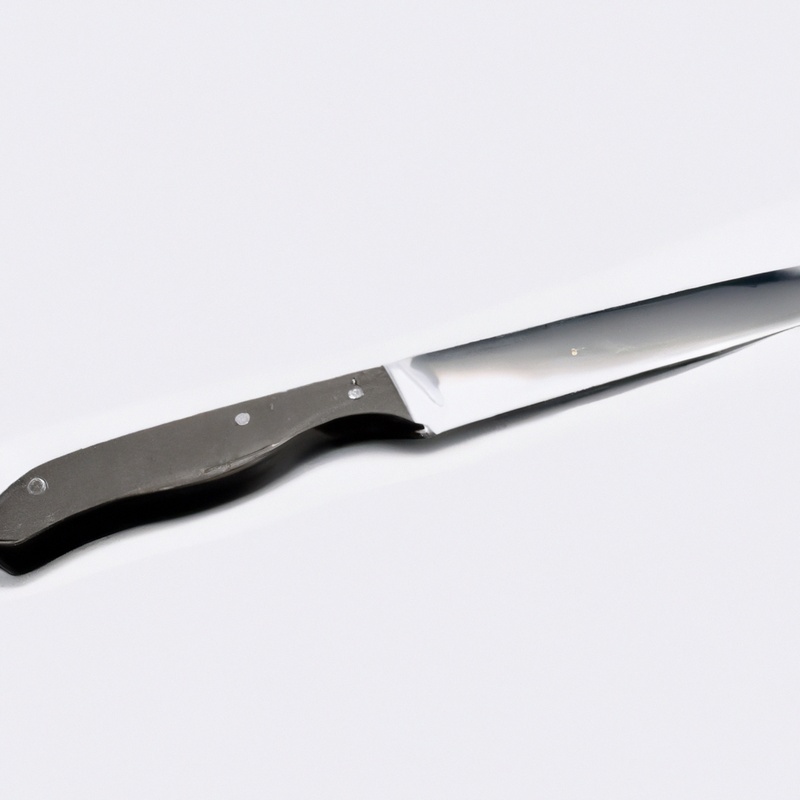
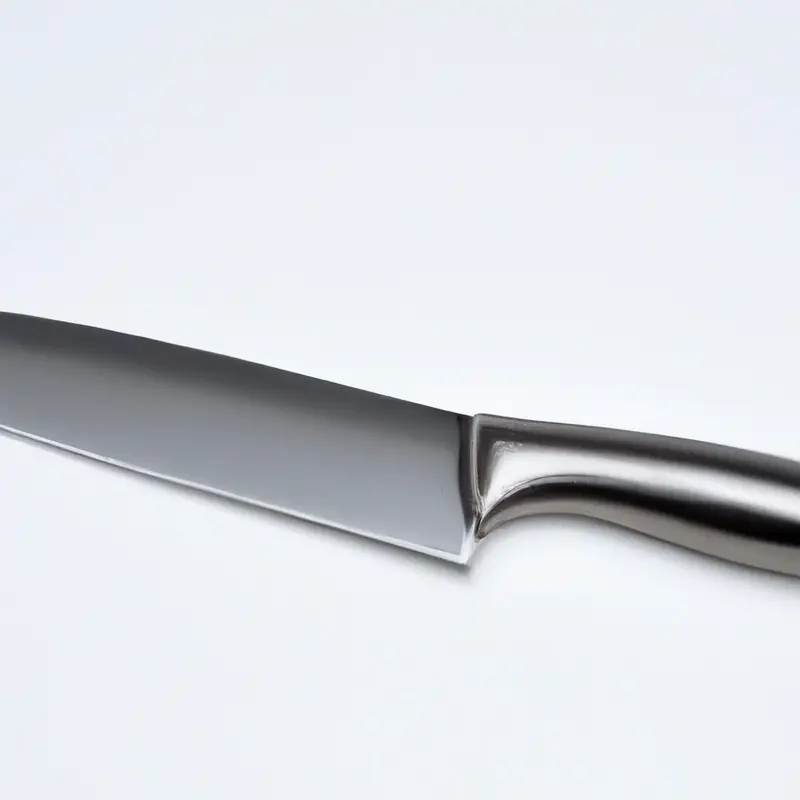
Importance of investing in quality knives and proper storage
Investing in quality knives and proper storage is crucial for maintaining the longevity of your knives. Quality knives are durable and designed to last for years, providing better performance and precision.
Investing in quality knives not only ensures a better cooking experience but also saves money in the long run.
Proper storage is equally important. Storing knives correctly prevents damage to the blade, including the tip, which is prone to breakage.
A good storage option protects the blade from contact with other kitchen tools, minimizing the risk of damage.
By investing in quality knives and proper storage, you can keep your knives sharp, clean, and safe, ensuring that they last for years to come.
Final Verdict
Protecting the tip of a paring knife during storage is essential for maintaining its sharpness and longevity. With the wide range of paring knife tip designs available, it is crucial to choose an appropriate storage option that accommodates the knife’s specific features.
Investing in knife guards is a wise decision that ensures safe and secure storage.
Besides, DIY solutions such as using cork or rubber bands can be cost-effective and practical for protecting knife tips. However, some common storage mistakes, such as storing knives in a drawer with other utensils, must be avoided to prevent tip damage.
To maintain knife quality over time, regular maintenance, such as sharpening and honing, is necessary.
Finally, investing in quality knives and proper storage is vital for any kitchen enthusiast to become a better cook. Thus, take good care of your knives, and they will take care of you impeccably!

